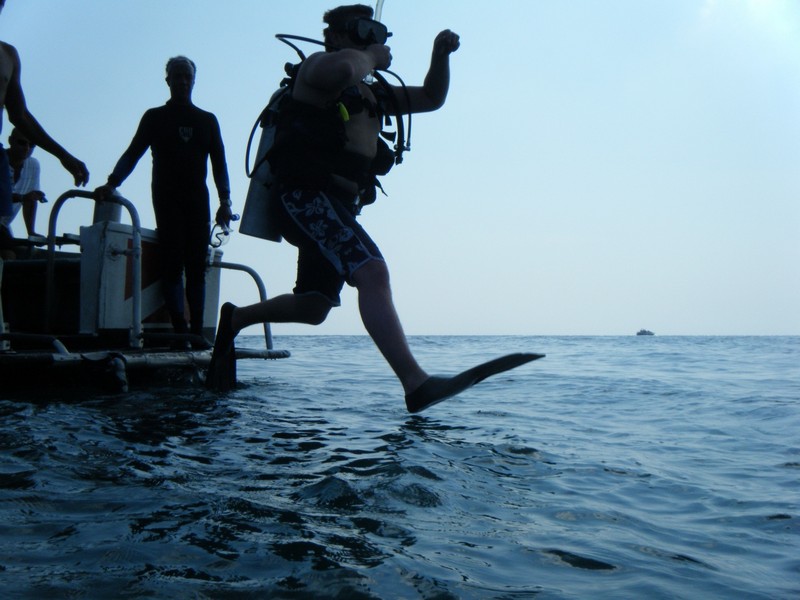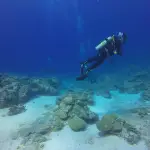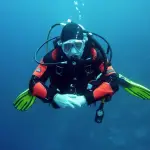
The “rule of six” in diving is a guideline to help prevent decompression sickness, also known as “the bends.” It is a safety rule used to help divers plan their dives and avoid spending too much time at certain depths.
The rule of six states that a diver should not exceed a depth of 60 feet (18 meters) for more than 60 minutes during a single dive. If a diver goes deeper than 60 feet, the time they can spend at that depth is reduced. For example, a diver should not spend more than 20 minutes at a depth of 100 feet (30 meters) and should immediately ascend if they reach a depth of 130 feet (40 meters).
The rule of six is just a guideline, and other factors such as the diver’s experience level, physical condition, and the environment they are diving in, should also be considered when planning a dive. It’s important for divers to be aware of their own limitations and to always dive within their comfort zone.
What is the rule of six in cave diving?
The “rule of six” in cave diving refers to a set of guidelines used by cave divers to help ensure their safety while exploring underwater caves. While there is some variation in the specifics of these guidelines, they generally follow the format of the original rule of six for general diving safety.
The rule of six in cave diving usually refers to the following guidelines:
- No more than 6 divers should be in a group. This helps ensure that the group can move safely and efficiently through the cave without overcrowding.
- No more than 6 meters (20 feet) of penetration should be made per diver. This helps ensure that divers are always within a reasonable distance of the cave entrance and that they can make their way out quickly in case of an emergency.
- No more than 6 minutes should be spent in total darkness. This helps ensure that divers don’t become disoriented or lose track of their surroundings while exploring the cave.
- A minimum of 6 meters (20 feet) of visibility should be maintained at all times. This helps ensure that divers can see where they are going and avoid obstacles in the cave.
- No decompression stops should be required during the dive. This helps ensure that divers don’t become trapped or run out of air while waiting for decompression.
As with the general rule of six in diving, these guidelines are not absolute rules, but rather guidelines to help ensure safe diving practices in cave environments. Cave diving requires specialised training and equipment, and should only be attempted by experienced divers with the proper training and equipment.
I hope you enjoyed this article about what is the rule of six in diving?
I’d love to hear from you. Tell us about your adventures of diving and snorkelling. Please use the comments section below. Please also share your photos. Either from your underwater cameras or videos from your waterproof go-pro’s!
If this article hasn’t answered all of your questions. If you have more questions either about snorkelling or scuba diving (or specifically about what is the rule of six in diving), please comment below with your questions.
There will also be many more articles about scuba and scuba diving safety tips (and on snorkelling too) for you to read and learn about this fabulous sport.
Have fun and be safe!




